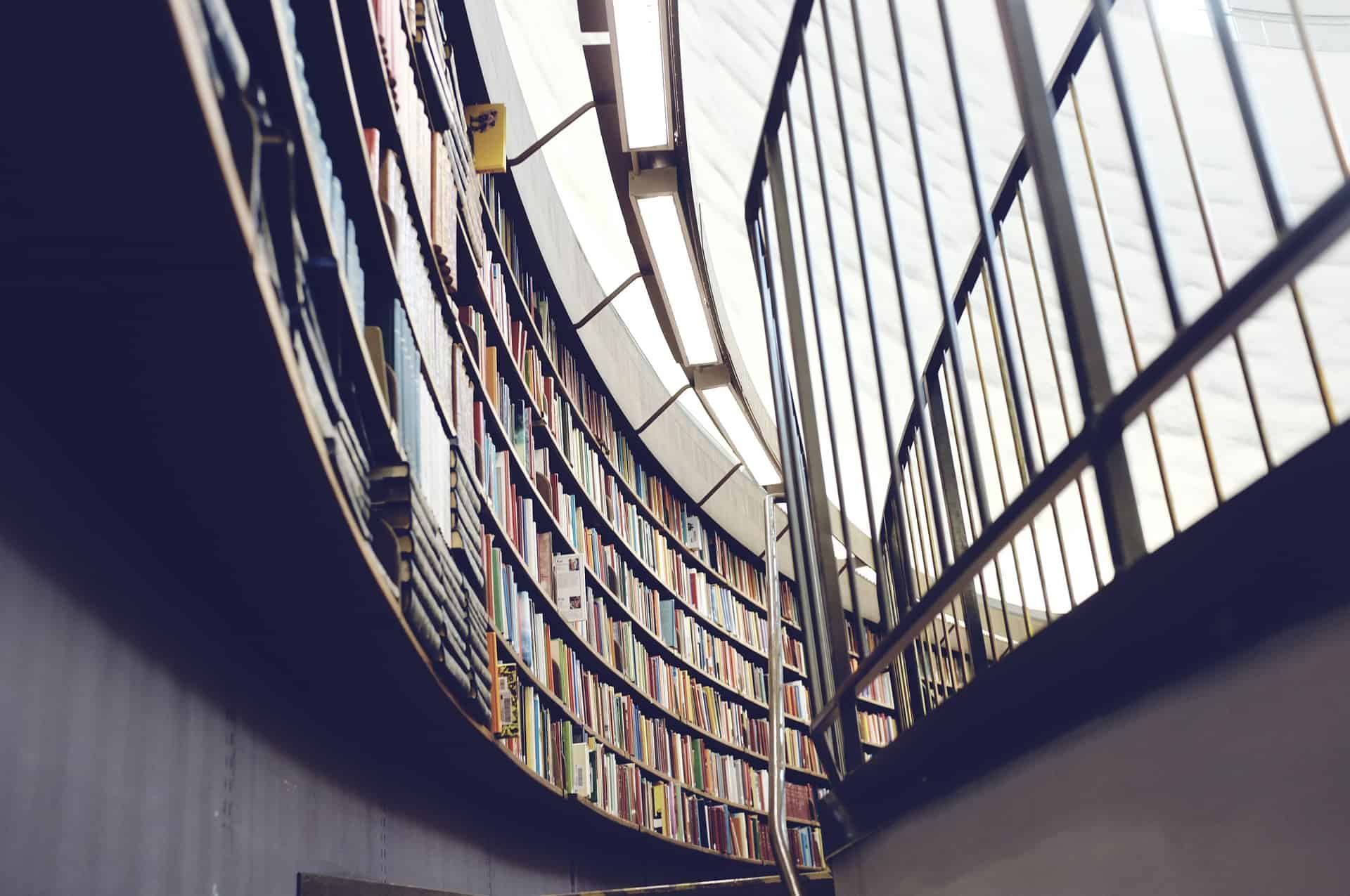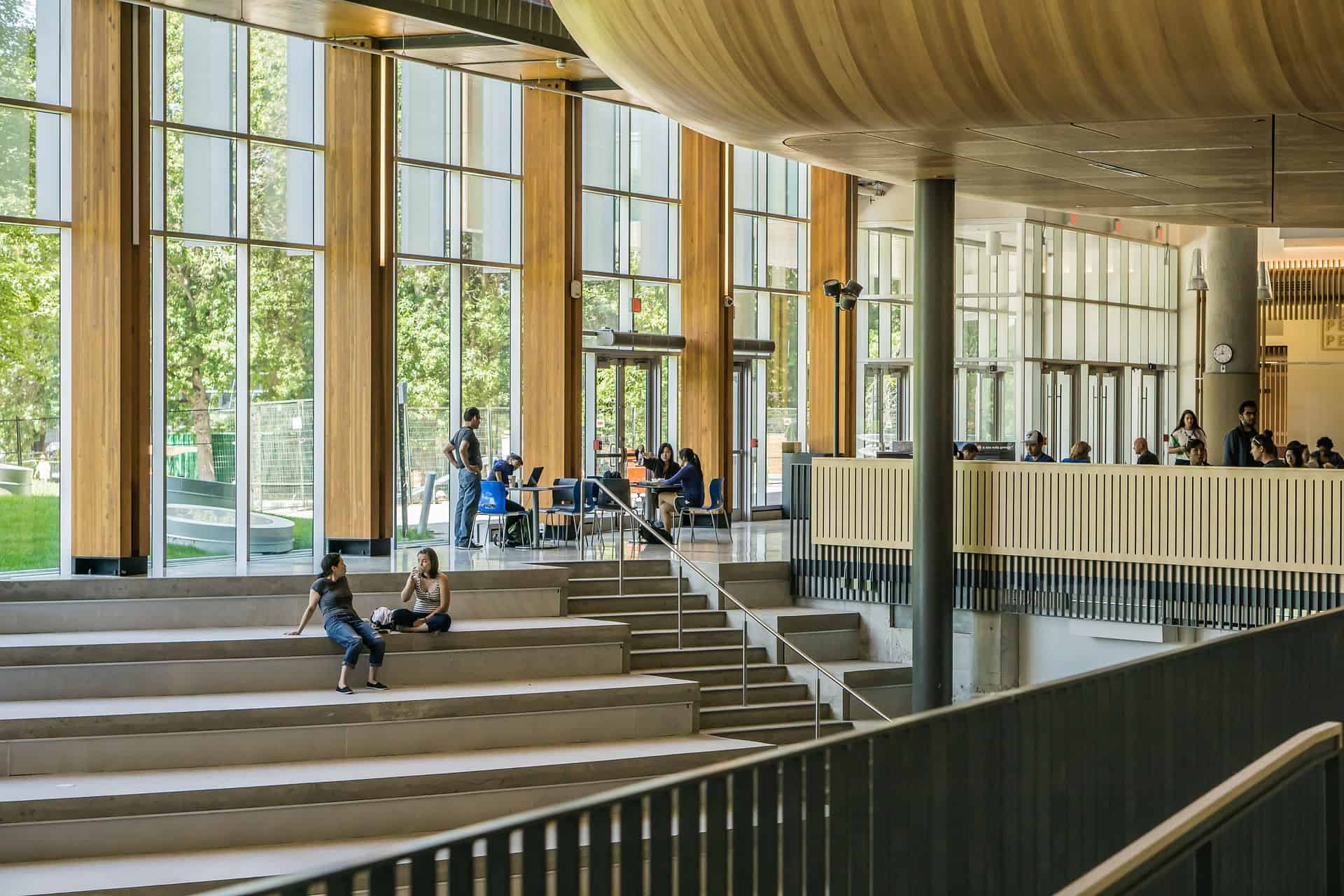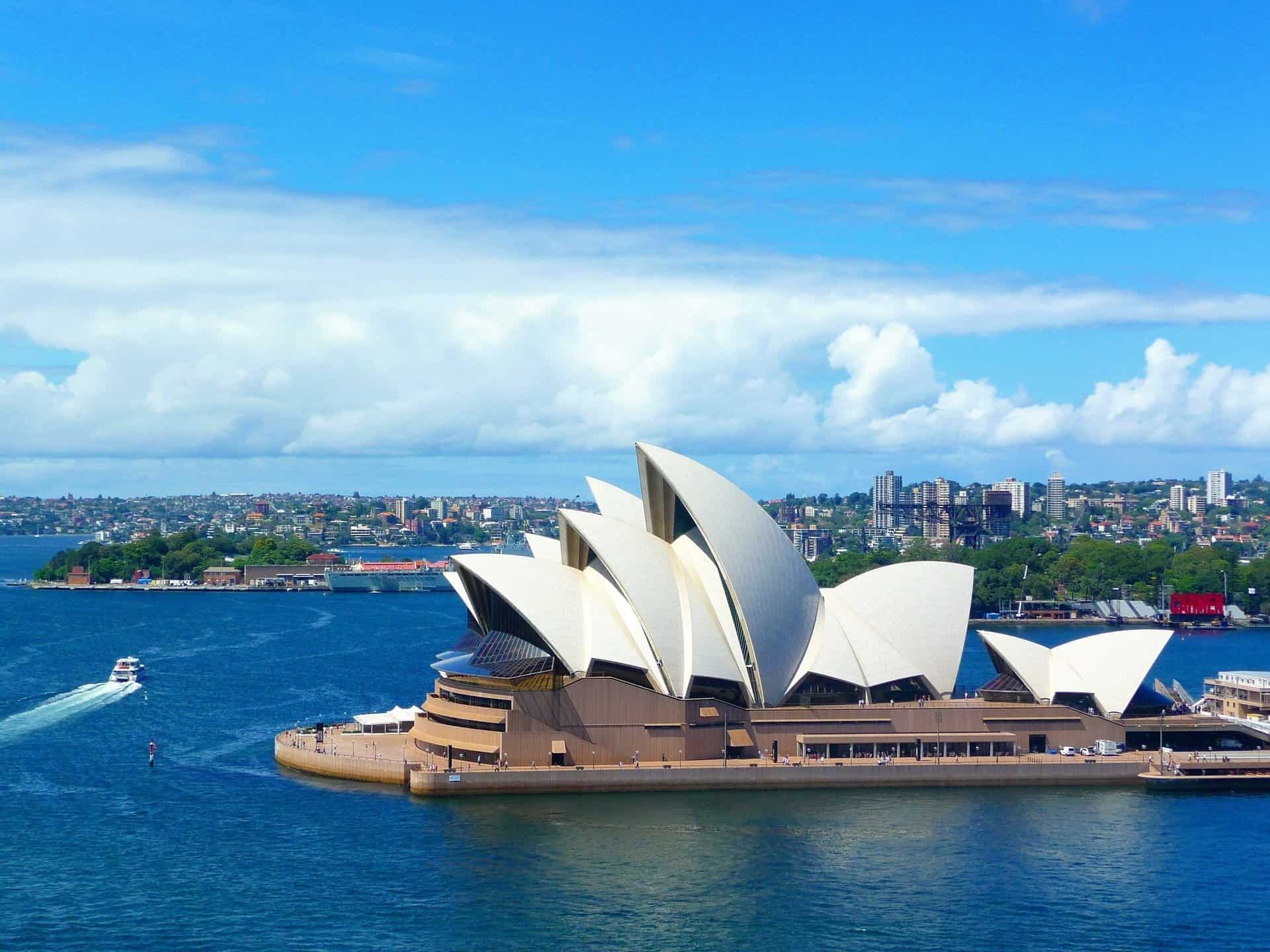目次
親御様なら誰しも自分の子供たちに最高の教育を受けさせてあげたいと思っているものですよね。では果たして、一体どうしたらそれを見つけることができるのでしょうか?
子供たちにとっての最高の教育方法を見つけるためには、家庭の教育方針、子供の興味や関心、そして利用可能なリソースを含む様々な要因を考慮した上で判断することが大切です。
子供によっては親が選んだ新しい環境への適合が難しい場合もありますし、勉学におけるトップを目指すための環境と、スポーツの分野で上を目指すために必要な環境は全く異なります。
ただし、いずれの分野を選択されるにしてもグローバルな水準での教育をお考えであれば、これからご紹介する様々な分野に関する国際的な指標が参考になるのではないかと思います。

留学生に人気の国TOP20
どの国へ留学をするのが良いのか判断するためには、UNESCOが発表している指標を参考にすることができます。国連の文化機関であるUNESCOは、どの国が大学に最も多くの留学生を集めているかというデータを収集しています。
その結果、最も多くの留学生に指示されているのはアメリカです。
2014年のデータによると、トップはアメリカで、次いでイギリス、フランス、オーストラリアが続き、日本は7位となっています。
また国際教育研究所の調査を見ると、米国の留学生数は年々増加を続けており、2019年までに4年連続で100万人を超えています。これは中国(37万人)、インド(20万2000人)、韓国(5万2000人)からの留学生がこの数字を牽引しており、日本は1万8000人で8位という現状になっています。
今年、オーストラリア政府が発表した最新のデータによると、2020年1月~9月の留学生数は約67万人で、中国、インド、ネパール、ベトナム、ブラジルからの留学生が牽引しており、引き続き様々な国からの学生がオーストラリアで新たなチャレンジに挑んでいることがわかります。

世界の大学上位ランキング
子供たちの将来に最適な留学先のもう一つの目安として、世界大学ランキングがあります。
Times Higher Educationの「World University Rankings 2020」によると、92カ国・1,400程の大学がランキングされ、イギリスとアメリカの大学が上位にノミネートされています。
トップはイギリスのオックスフォード大学で、次いでカリフォルニア工科大学、イギリスのケンブリッジ大学が続く結果となっています。続いてスタンフォード大学、マサチューセッツ工科大学(MIT)、プリンストン大学、ハーバード大学、イェール大学、シカゴ大学など、多くのアメリカの大学が上位を占めています。
尚、オーストラリアのトップはメルボルン大学で32位、日本のトップは東京大学で36位という結果になっています。
また、QS World University Rankingsによる別の調査においても、アメリカとイギリスの大学が高く評価されています。
今年2020年に行われた調査によると、MITが1位、米国のライバルであるスタンフォード、ハーバードに続き、オックスフォードが4位となっています。併せてシンガポールの大学も高く評価されており、シンガポール南洋工科大学とシンガポール国立大学は同11位となっていることも注目すべき点と言えます。

学力レベルにおける各国の学生の比較
各国の学生の学力を比較することで、どの国の教育システムが優れているのかを判断するひとつの指標とすることができます。
OECDにより3年に1度行われる国際的な学力調査「PISA」 は、15歳児の読解力、数学、科学の知識と技能を実生活における課題に対応するために活用するスキルを測定するものです。
最新の国際調査「PISA 18」では79の国と経済が調査対象となり、読解力が主な評価対象となりました。PISA 2018では、読解力を「自らの目標を達成し、知識と可能性を伸ばし、社会に参加するために、文章を理解し、使用・評価を行い、自身を省みて、関与すること」と定義しています。
その結果、中国とシンガポールの生徒が読解力以外の項目も含めて総合的に高いスコアを示した一方で、OECD加盟国においてはカナダ、エストニア、フィンランド、アイルランドが高い読解力レベルを持っていることが明らかになった。
日本の生徒は読解、数学、理科で全体的に平均以上の成績を収めており、オーストラリアの生徒は読解と理科では平均以上だが、数学では平均程度だったことが示されている。
元来、教育モデルには各国によっても大きなばらつきがある。2000年の第1回PISA調査以来、トップの成績を収めているフィンランドは、初等教育から高等教育まで、学校給食を含めた教育の無償化を行い、子どもたちが自分で教育の道を選択できるようにするという「子ども中心」のモデルを採用している。
このフィンランドのモデルは、欧米の教育者から自由な思考力よりもテストでの成績を重視していると批判されてきたいわゆる「アジアモデル」と呼ばれる暗記学習とは対照的な教育コンセプトと言えます。
世界最高の教育システムとは
結局のところ、子供にとっての最良の教育システムとは、個々の学習ニーズやスキル、能力に合致したものであると同時に、生涯学習のための基礎を築くものです。
日本とオーストラリアはその教育方法や文化の違いにも関わらず、伝統的に教育システムに関して国際的に高い評価を受けてきました。オーストラリアへの留学生は、あらゆるレベルの教育課程、奨学金制度、進路が用意されており、質の高い教育と留学生のサポートを促進する制度の適用を受けることができます。
子供たちの未来のために、早期から国際的な環境での教育体験にご興味をお持ちの方は、まずはHelloKidsにて現地の幼稚編へ短期留学をしてみてはいかがでしょうか?
(HelloKids事務局)



